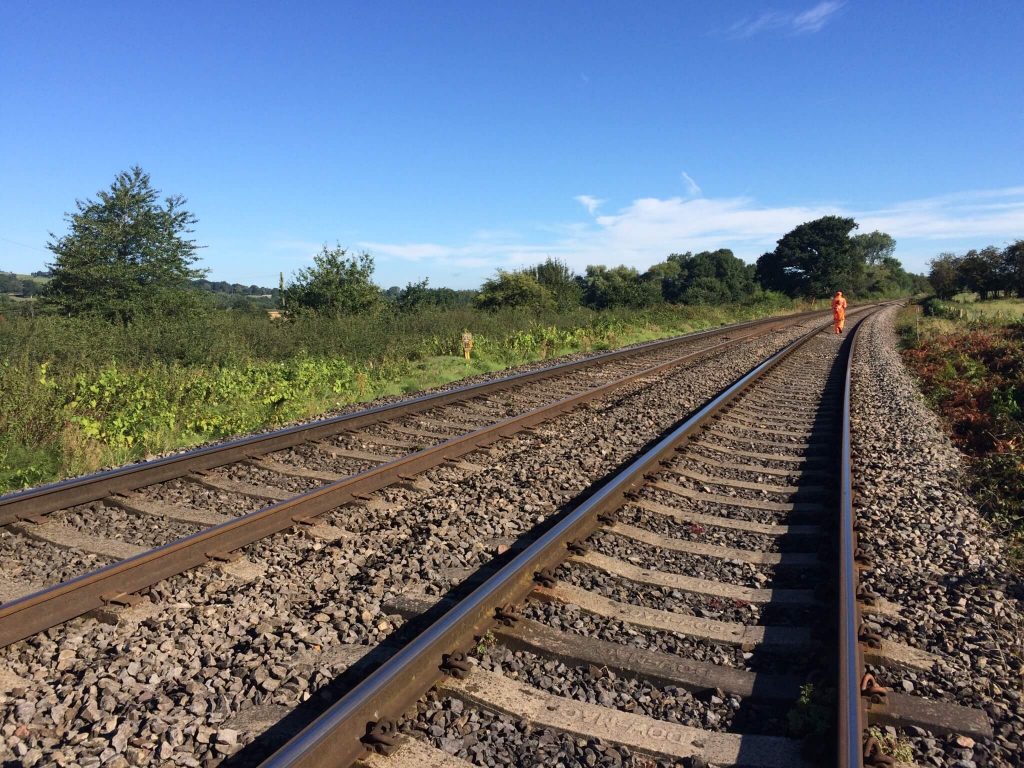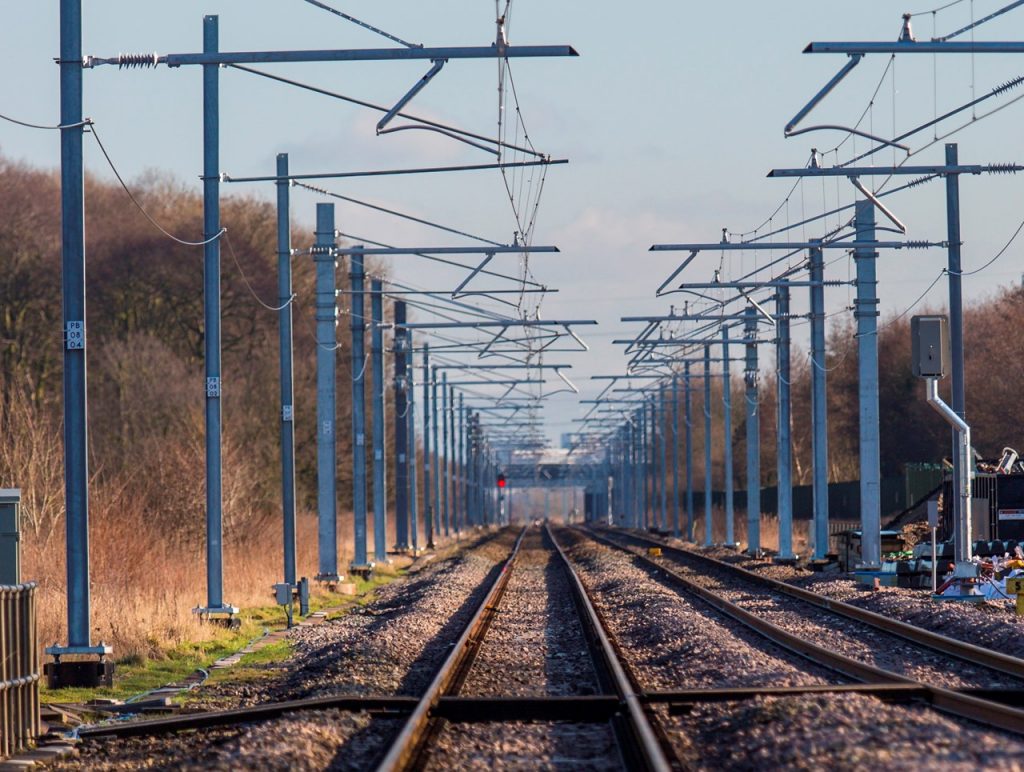为什么Rails在欧洲腾出炎热?他们真相。
但是,在各国通常比我们更热,强调轨道承受更高的温度。
Hot weather can cause a great deal of disruption to the railway so Britain’s rails are pre-stressed to help them resist high temperatures. Our rails have a stress-free temperature of 27 degrees – the UK mean summer rail temperature. Other countries choose different temperatures depending on their climate.
When the air temperature reaches 30 degrees, the temperature on the rail can actually be up to 20 degrees higher. More than three-quarters of track on the network today is modern on concrete sleepers.
对于我们的一些赛道,这种高温比我们的轨道更旨在应付。问题是,当钢轨变热时,它们会膨胀,这可能导致扣轨。

一些国家经常影响其铁路的温度极端。他们可以在夏季和冬季调整他们的轨道,或者有其他措施来管理长期来管理效果。
In Britain, the variations in short-term weather and long-term climate mean that it is neither practical nor cost effective to implement these measures permanently on the British rail network.
We do all we can, however, to ensure services continue to run safely and smoothly at times of extreme weather.
Buckling
铁路轨道上的钢铁是一块非常长的金属,可以在夏季和冬季显着扩展或收缩。这产生了试图推动和拉动铁路的力量。枕木和镇流器的质量设计用于含有这些力并防止曲目屈曲。
In some countries the forces generated by temperature variation cannot be contained by sleepers and ballast, and a solid concrete slab is used to contain the higher forces. Slab tracks costs approximately four times as much to install as standard ballasted track.
预防
The movement of trains also generates forces in the track. The higher the speed, the greater the force of a train. When heat expansion forces are high, trains deliberately slow down to reduce the additional forces they apply to the railway. The need to prevent problems also means there will be fewer trains, but this is better than causing a bigger problem and being unable to run any services.

The overhead line system (pictured) expands in the same way as the track. Within a certain limit of expansion, the tension in the wires is automatically adjusted. You can see the adjustment weights at the lineside as part of the overhead line system.
超出调整限度,电线凹陷,导致传递火车可以将其拉下来的风险。较慢的火车减少了这种风险。
为什么我们不替换所有的轨道,那么强调更高的温度?
Temperatures have been rising in the UK, particularly in East Anglia, so this may seem like the obvious solution. The problem is that if we stressed Britain’s rails to the same degree as those in very hot countries, there would be the risk of increased tension on the rails in the winter.
什么是网络铁轨在亚搏彩票软件官网做什么?
The hot weather forecast this week means Network Rail has activated its ‘extreme weather action teams’ (EWATs) to ensure passenger safety and that we keep our railway running as reliably as possible.
We are monitoring track-side temperatures and will, if necessary, introduce temporary speed restrictions at the hottest times of the day to keep trains running, albeit more slowly than usual.
Read about how we deal with extreme heat onour buckled rail page.

